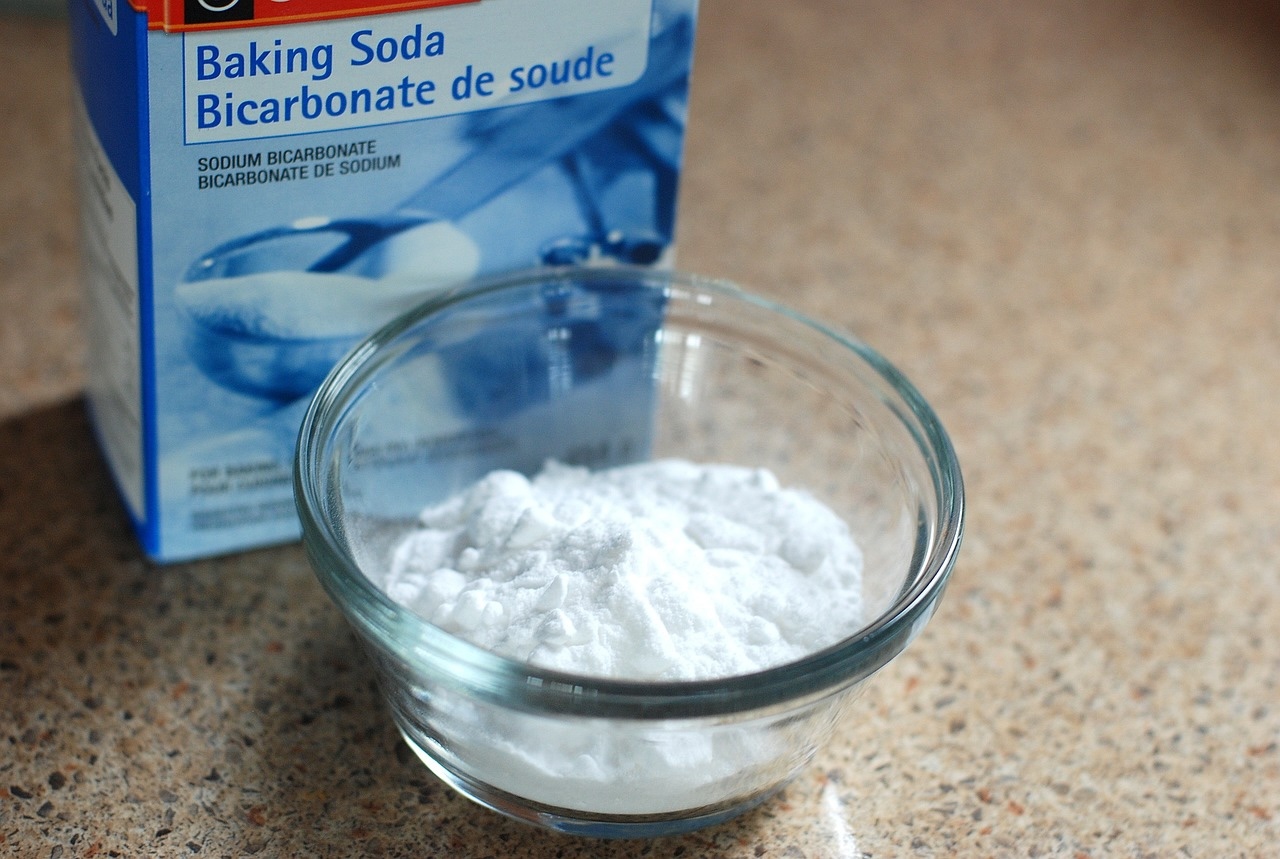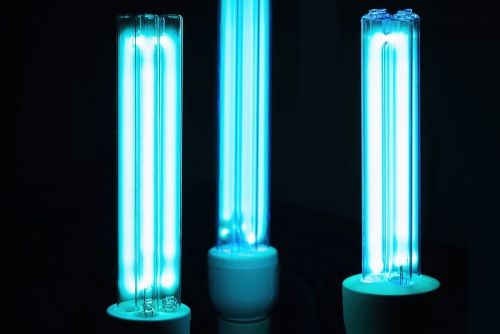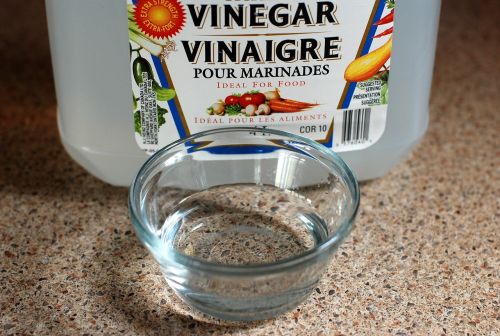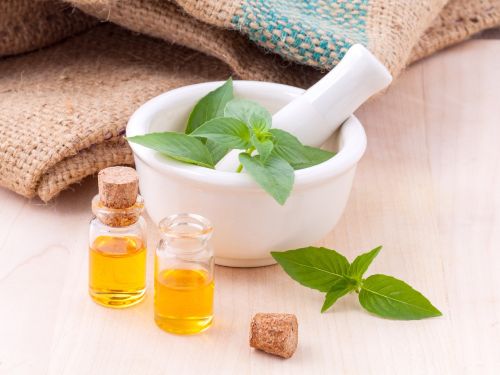The Impact of Green Cleaning: Enhancing Home and Business Environments

In recent years, the movement toward sustainability and environmental consciousness has gained substantial momentum, influencing various aspects of daily life and business operations. Among these, green cleaning stands out as a crucial initiative, promoting the use of environmentally friendly products and practices that ensure the cleanliness and health of our living and working spaces without compromising the planet’s well-being. This article delves into the benefits, practices, and products associated with green cleaning, providing comprehensive insights that build on existing knowledge including natural cleaning tips, the use of lemon in home cleaning, and the relevance of green cleaning for businesses.
What is Green Cleaning?
Green cleaning represents a conscious shift from traditional cleaning methods, which often rely on chemicals that can be harmful to both human health and the environment, to more sustainable and health-conscious alternatives. This approach encompasses the use of cleaning products and techniques that have minimal environmental impact and support a healthy living environment. Here’s a deeper dive into what green cleaning entails:
1. Sustainability: Green cleaning products are formulated to be sustainable. This means they are produced from renewable resources, feature biodegradable ingredients, and are manufactured in ways that have minimal negative impacts on the environment. Sustainable practices also extend to packaging, where recycled and recyclable materials are prioritized.
2. Non-toxicity: Unlike conventional cleaning agents, green cleaning products avoid chemicals that emit volatile organic compounds (VOCs), which can cause respiratory irritation, headaches, and other health issues. By using ingredients that are non-toxic, green cleaning ensures that indoor air quality is maintained and health risks are minimized.
3. Efficiency: Green cleaning products are not only safer for use but are also designed to be effective in cleaning performance. They must meet or exceed the efficiency of traditional cleaning solvents to be a viable alternative for consumers and businesses.
By reducing exposure to harsh chemicals, green cleaning methods help prevent health issues such as skin irritation, allergies, asthma, and chemical sensitivities. This makes them particularly beneficial in environments frequented by children, the elderly, or those with weakened immune systems. Green cleaning reduces the release of harmful substances into the environment. By avoiding phosphates, chlorine, artificial fragrances, and other harmful chemicals, these products help protect waterways, air quality, and overall ecosystem health. Natural solvents typically have fewer safety warnings than conventional products because they contain less harmful ingredients. This reduces the risk of accidents, such as chemical burns from splashes or poisoning from ingestion, making them safer for use around pets and children.
Benefits of Green Cleaning
Green cleaning is not just about using eco-friendly products; it's about creating a safer, healthier, and more sustainable environment. Here's a detailed look at the extensive benefits that green cleaning offers:
Healthier Home and Work Environments
The primary benefit of green cleaning is its contribution to creating healthier living and working spaces. By using products that are free from harsh chemicals, green cleaning helps reduce the risk of exposure to substances that can lead to respiratory problems, skin irritations, allergies, and other serious health issues. This is especially crucial in homes with children, elderly individuals, or those with compromised immune systems, where the health risks associated with toxic chemicals can be more severe. In workplace environments, healthier cleaning practices contribute to better employee health, which can lead to increased productivity and fewer sick days. Cleaner, less toxic workspaces also demonstrate a commitment to employee welfare, potentially enhancing job satisfaction and staff retention.
Enhanced Indoor Air Quality
Traditional cleaning products often emit volatile organic compounds (VOCs) that can degrade indoor air quality and lead to health problems like asthma, headaches, and various respiratory issues. Green cleaning products, however, are formulated to minimize VOC emissions, thereby significantly improving the quality of the indoor environment. This is particularly beneficial in enclosed spaces where air circulation may be limited.
Environmental Impact
Green cleaning practices greatly reduce the environmental footprint of maintaining our homes and offices. By avoiding chemicals that can lead to air and water pollution, these practices help protect aquatic life and maintain cleaner rivers and streams. Moreover, the production processes for green cleaning products often require less energy and generate fewer greenhouse gases. The use of biodegradable and plant-based ingredients ensures that the products break down harmlessly in the environment, reducing the overall impact on the planet’s ecosystems.
Cost-Effectiveness
While the initial purchase price of green cleaning products can sometimes be higher, the long-term savings can be substantial. These products are generally highly concentrated, offering more usage per bottle compared to traditional cleaning solvents, which often contain unnecessary fillers and water. The reduction in health risks can also translate into lower healthcare costs, fewer days off for sickness, and a lower likelihood of developing chronic illnesses, potentially resulting in significant savings over time. Additionally, because many green cleaning solvents are less corrosive, they help extend the life of furniture, textiles, and building materials, further driving down long-term maintenance and replacement costs.
Social Responsibility and Compliance
Adopting green cleaning practices can help businesses meet regulatory requirements and standards for sustainability and worker safety, which are becoming increasingly stringent around the world. Furthermore, businesses that embrace green practices are often seen as more attractive to potential employees who value environmental responsibility, as well as to customers and partners who prioritize sustainability.
Supporting Local Economies
Many green cleaning products are produced by smaller, local companies rather than multinational corporations. By choosing these products, consumers and businesses can support local economies, promote job creation in their communities, and reduce transportation emissions associated with shipping products over long distances.

Key Green Cleaning Practices
Adopting green cleaning practices is an essential step toward creating a more sustainable and health-conscious environment. By incorporating specific methods and using eco-friendly products, individuals and organizations can significantly reduce their environmental footprint while improving indoor air quality and overall health. The following detailed practices illustrate how to seamlessly integrate the principles of green cleaning into daily routines, whether at home or within business operations.

Use Concentrated Products
Many green cleaning products are available in concentrated forms, offering significant environmental benefits. These concentrated products require less packaging material, reducing waste and the use of plastic. Additionally, because they are more lightweight and take up less space, their transportation generates fewer carbon emissions. This not only contributes to reducing the overall environmental impact but also helps in cutting down the costs associated with shipping and storage. When using concentrated products, users dilute a small amount of the cleaning solvent with water in a reusable container, which further helps in minimizing plastic waste over time.
DIY Green Cleaning Solutions
Creating your own cleaning solutions is a cost-effective and environmentally friendly practice. Ingredients commonly found in the kitchen, such as vinegar, baking soda, and lemon, can be used to make effective cleaning agents. For example:
Vinegar is an excellent all-purpose cleaner that can tackle mold, bacteria, and germs, making it ideal for kitchen and bathroom surfaces.
Baking soda works as a gentle abrasive and natural deodorizer, perfect for scrubbing sinks, countertops, and even ovens.
Lemon juice not only has natural antibacterial and antiseptic properties but also leaves behind a fresh, clean scent. It’s particularly effective in removing grease and limescale.
These natural ingredients are safer for people and the planet, as they do not release harmful chemicals into the environment.

Proper Training and Awareness
In organizational settings, it’s crucial to ensure that all employees are well-trained in using green cleaning products and practices. Proper training helps in maximizing the effectiveness of these products and ensures that the cleaning practices are consistent throughout the organization. Awareness programs can educate staff about the environmental and health benefits of green cleaning, which can increase motivation and commitment to these practices. Regular workshops and training sessions can keep everyone up-to-date on the latest green cleaning techniques and products.

Efficient Resource Use
Part of green cleaning involves efficient use of resources to avoid waste. This means using the correct amount of product needed for the task and utilizing equipment that reduces water and energy consumption. For instance, microfiber cloths can be used instead of paper towels for cleaning surfaces, which not only cleans more effectively but can also be reused, reducing waste.
Green Procurement Policies
Businesses can further enhance their green cleaning practices by implementing green procurement policies. These policies prioritize the purchase of eco-friendly and sustainable cleaning products, equipment, and services. By choosing suppliers who are committed to sustainable practices, businesses can drive larger systemic changes in the cleaning industry.
Regular Audits and Feedback
Implementing regular audits of cleaning practices helps ensure that the green cleaning protocols are being followed and are effective. Feedback sessions with staff can provide insights into what practices are working and what might need adjustment. This ongoing evaluation and adaptation play a critical role in the successful implementation of green cleaning practices.
Top Green Cleaning Products
When selecting green cleaning products, it is essential to look for certifications like Green Seal or EcoLogo, which indicate that the products meet stringent environmental standards. Some of the top recommended products include:
Biodegradable Cleaning Solvents
Biodegradable solvents are an excellent choice for reducing environmental impact. Unlike conventional detergents that can take years to decompose and may release harmful chemicals as they break down, biodegradable solvents are made from natural ingredients that decompose quickly and harmlessly. These products are particularly beneficial for outdoor use, such as washing cars or cleaning external surfaces, where chemicals can easily enter the soil and water systems.
Phosphate-Free Cleaners
Phosphates are commonly used in cleaning products for their effectiveness in breaking down dirt particles and grease. However, when these chemicals enter waterways, they can lead to excessive algae growth, which depletes oxygen in water bodies and kills aquatic life. Phosphate-free cleaners provide a safer alternative, ensuring that the ecological balance of water bodies is not disturbed. They are especially important in areas close to lakes, rivers, and other sensitive ecosystems.
Recycled and Reusable Cleaning Tools
Choosing recycled and reusable cleaning tools is another crucial aspect of green cleaning. Microfiber cloths, for instance, are highly effective at trapping dirt and can be washed and reused multiple times, reducing waste. Other products, such as sponges made from natural materials or recycled plastic, and brushes with bamboo handles, also contribute to a more sustainable cleaning practice by minimizing the use of virgin materials and reducing plastic waste.
Non-Toxic Disinfectants
For areas that require disinfection, such as bathrooms and kitchens, selecting non-toxic disinfectants is key to green cleaning. These products use substances like hydrogen peroxide or botanical extracts rather than harsh chemicals such as bleach or ammonia. Not only are they effective at killing germs and bacteria, but they also ensure that indoor air quality is not compromised by volatile organic compounds (VOCs).
Concentrated Cleaning Solutions
Concentrated cleaning solutions reduce the need for frequent purchasing of new bottles, cutting down on plastic waste and the energy used in transportation. These concentrates can be diluted with water at home, allowing for precise control over the amount of product used, which helps in reducing excess consumption.
Eco-Friendly Laundry Detergents
Laundry detergents often contain chemicals that can be harmful to both the environment and human health. Eco-friendly laundry detergents use plant-based enzymes and surfactants that are just as effective at cleaning clothes but are biodegradable and free from synthetic fragrances and dyes. They are gentle on fabrics and safe for use with both standard and high-efficiency washers.
Natural Air Fresheners
Instead of using aerosol sprays that can release harmful propellants and VOCs into the air, natural air fresheners utilize essential oils or other natural ingredients to freshen indoor environments. These can be in the form of spritzers, diffusers, or soy-based candles, offering a pleasant aroma without the chemical footprint of traditional air fresheners.

Endnotes
Green cleaning not only contributes to a healthier and more sustainable planet but also enhances the quality of life by creating safer and cleaner environments. By adopting green cleaning practices and products, both homeowners and businesses can take significant strides towards environmental responsibility and sustainability. This initiative complements broader ecological efforts and supports the global movement towards a more sustainable future, aligning with the principles of reducing environmental impact while maintaining cleanliness and hygiene standards.
Topics
Check more articles on our blog

The Evolution of UV-C Technology in the Cleaning Industry

Vinegar: The Ultimate Green Cleaning Solution

The Impact of Green Cleaning: Enhancing Home and Business Environments
